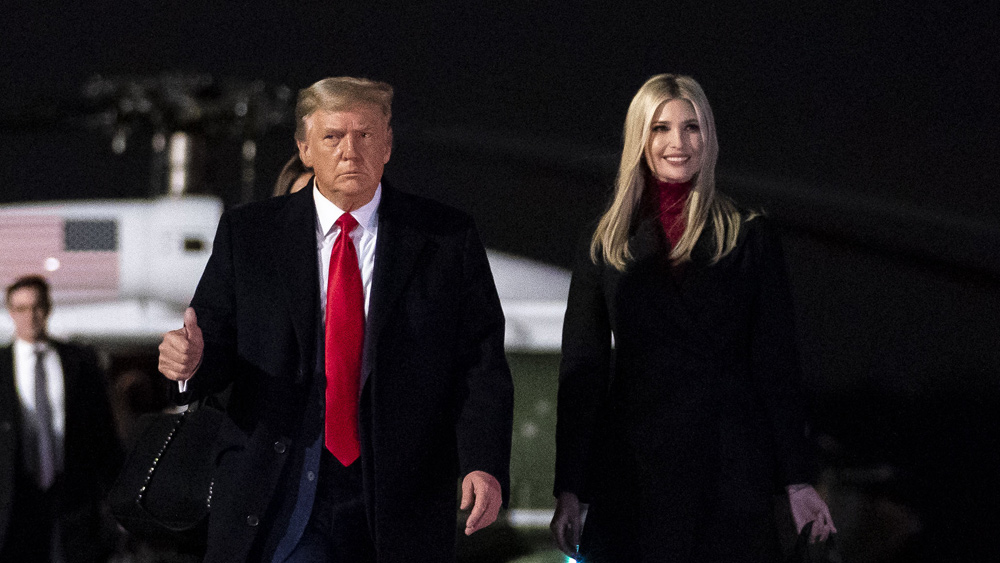Welcome to K-12 Surveillance State
THE NEW YORK TIMES
By Charlie Warzel
Is tech really the solution to student safety?

Security cameras at a middle school in Sidney, Ohio. Credit: Andrew Spear for The New York Times
his article is part of a limited-run newsletter. You can sign up here.
The home page for Gaggle, a software program that scans student activity across digital platforms like email, computer files and online assignments, features a staggering, if unprovable, statistic. “This past academic year, Gaggle helped districts save 542 students from carrying out an act of suicide,” it reads.
Calculating figures like suicide prevention is a murky science at best (Gaggle emailed to say that the number was “actually 722 students saved”), but that hasn’t stopped digital student monitoring systems like Gaggle, which has roughly five million users, from growing in popularity. In the wake of mass shootings like Parkland, school districts are facing pressure to find new ways to deter violence, and many of them force administrators to make a choice between student safety and privacy.
Their decisions are ushering in a K-12 surveillance state. This spring, Western New York’s Lockport City School District started testing facial recognition technology with “the capacity to go back and create a map of the movements and associations of any student or teacher.” There have been gunfire-detecting microphones installed in New Mexico schools and playgroundsthat require iris scans. A recent ProPublica report explored the deployment of unreliable “aggression detector” cameras in places like Queens, New York. The increase is most likely linked to the number of security and surveillance technology vendors courting school district budgets.
“This technology is being promoted by tech vendors, not educators, and it’s certainly not being promoted by parents,” Monica Bulger, a senior fellow at the Future of Privacy Forum’s Education Privacy Project told me. Despite federal statistics that show schools are among the safest places for children, the public believes that schools are more dangerous than ever. “School administrators feel they need to provide a solution. The tech seems to provide a quick, easy fix,” Bulger said. “Schools aren’t considering whether it is the best fit; they’re choosing the fastest one.”



